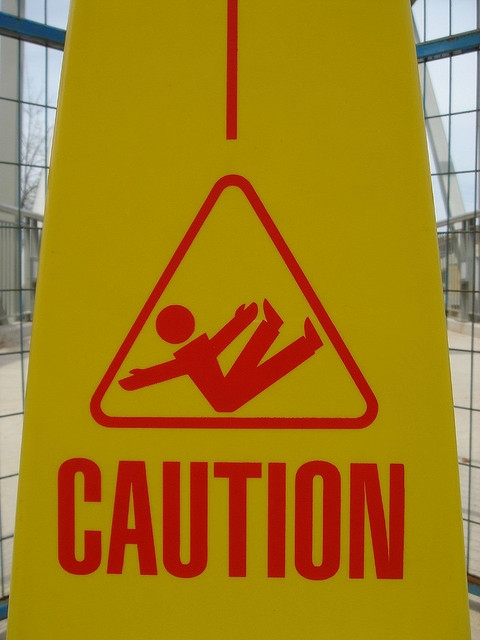
Is a manufacturing crash still looming?
Fears of a total manufacturing collapse dwindle as output growth and demand both pick up speed, says CIMB.
Positive news abound in key fronts both locally and globally, according to CIMB in its Regional Economic Compass 2Q12 report, with growth expected to hit a 1% bottom this quarter before climbing to 5% in the next.
Here's more from CIMB:
Stronger growth expected in 2012
We upgrade Singapore’s GDP growth from 2.8% to 3.8% for 2012 (MTI forecast: 1-3%), on the back of stronger NODX growth of 4.6% (initial CIMB forecast: 1%; IE forecast: 3-5%). Risks of a collapse in external demand have faded as signs of a recovery multiply, especially in the US, with our house now expecting US growth of 1.5-2.0% in 2012. The service sector in Singapore is expected to hold up better, expanding 3.8% in 2012 (initial forecast: 2.0%; 4.4% in 2012), supported by stronger trade and financial flows amid a brighter external outlook. Growth is expected to floor in 1Q12, at 1% yoy (9.9% yoy in 1Q11), before rebounding to 5.0% in 2H12.
Manufacturing sector close to a bottom.
The latest Feb PMI readings have been encouraging with both headline and Tech PMI climbing to 8-month and 4-month highs, on the back of stronger orders. Tech manufacturing, while still a yoy drag, will likely bottom in 1Q12. Fired by stronger external demand and an increase in capacity in the biomedical and pharmaceutical sectors, we expect manufacturing to expand 4.5% this year (7.8% in 2011), spurring NODX growth (ex-specialised transport equipment) of 8.3% (0.3% in 2011).
MAS likely to remain vigilant
While headline inflation could ease to 3.7% in 2012 (5.2% in 2011) from lower private transportation and housing costs, the prices of core items could remain sticky from rising business costs. With April’s monetary-policy review just round the corner, the chances of MAS policy easing have diminished, considering Singapore’s full employment and rising core inflation amid climbing oil prices. Further, considering the inflationary bias inherent in the government’s policy to restrict foreign labour flows, the MAS will most likely continue with its policy of a “modest and gradual appreciation of the S$ NEER policy band” in its next review.
























 Advertise
Advertise






